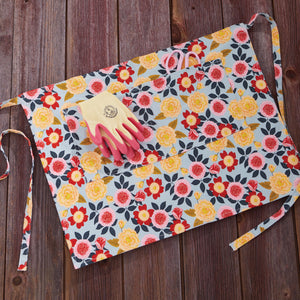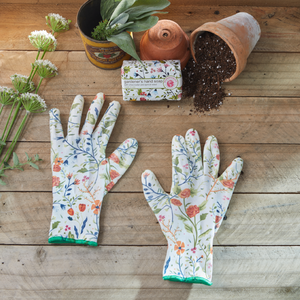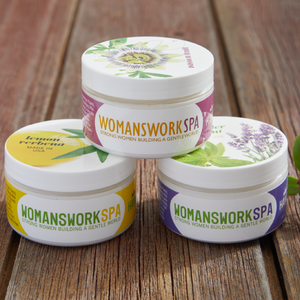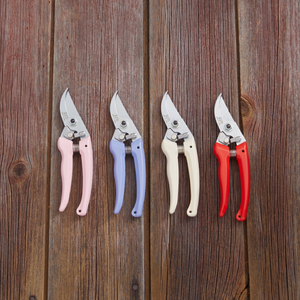Every fall at about this time I put my Zone 6 garden to bed for the winter. Here are the 8 most important things I do.
Wrap shrubs in deer fencing—If you don’t have a deer fence around your property (I don’t) the best way to protect evergreen shrubs from browsing deer is to put up a fence made of chicken wire and stakes or rebar poles. It was recommended to me to use chicken wire with a 2” mesh because it’s more transparent from a distance, so that’s what I use.
Some plants, like yucca, are rarely appetizing to deer. But I decided to enclose my new yucca within the fencing around the inkberry (ilex glabra) in back because we saw a little nibbling of some leaves. Experts will tell you yucca is not something deer like because they have spiky leaves, but I know from experience that they will eat it. Remember deer will eat almost anything if they’re hungry.
Put leaves on the compost pile—Good compost is made up of green and brown organic material, piled in layers on top of each other, or simply mixed together. So called ‘green’ matter includes garden weeds, kitchen scraps, even coffee grinds—anything that is nitrogen-rich. Brown matter adds carbon and it includes dry leaves as well as cardboard and straw. If you can mow over some leaves to make them into smaller pieces, then throw them on your compost pile for the winter, that’s great. Otherwise, just pile them on whole.
Water shrubs and trees if it's been a dry year-- Last winter a lot of plants in my region died due to the combination of a dry fall and a harsh winter. In the northeast the cold proved to be too much for plants, such as some rhododendron, that were already dry going into winter. This fall I have been watering any shrubs or trees that are less than a few years old. After watering, don’t forget to turn your outdoor spigot off and drain the pipes so they don’t freeze and burst over the winter! (That has happened to me).
Leave plants standing if they have winter interest or provide benefits to birds and other wildlife— There is no need to cut everything back to the ground the way gardeners used to do it. Some plants are attractive in their dormant state, and some are beneficial to wildlife. For a list of perennial plants you should leave click here.
Protect outdoor containers—Be sure to empty your containers if they are going to stay outdoors all winter. If you don't the freezing and thawing of soil and water can cause the container to crack, particularly if it's made of clay. If you have a plant in a container that you want to overwinter, but not bring indoors, like my new clematis, store it in a protected place outdoors shielded from the wind, and wrap the container in bubble wrap or something that will insulate it from the cold. While my clematis would survive in the ground all winter because the surrounding soil provides insulation for the roots, a container by itself does not provide that same insulation from the cold.
Cut back annuals but don’t pull them out by the roots— If you have a cutting garden or vegetable garden and you want to neaten it for the winter, leave the roots of your plants in the ground to help enrich the soil over the winter. I cut my annual flower plants down to about 12” above the soil level and put the rest in my compost. I have tulip bulbs planted in the rows between the flower rows, so I want to keep the area around them cut back.
Remove dahlia tubers from the ground and store them for the winter in a cold but not freezing place. Use a pitchfork to gently remove the tubers, labeling them as you go. Wipe them off, let them dry (or wash them and let them dry) and then store them in a container with potting mix, sawdust or straw, cover the container and store in a location that has a temperature of between 40-50 degrees F.
After the ground freezes, put mulch or evergreen boughs on young perennials to prevent them from heaving out of the ground. Some perennials, such as heuchera, have a tendency to heave with the freezing and thawing cycle that occurs in winter. Wait until the ground is frozen, then put some mulch around them or lay evergreen boughs over them. If you do it now before the ground freezes you are inviting burrowing animals to make a nest in the roots of your plants for the winter. Where I live the ground is usually not frozen until late December or January.
When your chores are done, relax and start dreaming about next year’s garden!









